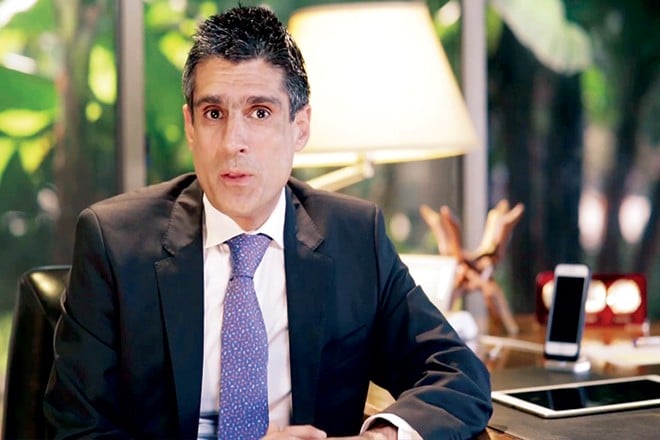

The fashion manufacturing world internationally is facing the undesirable task of keeping up with modern politics. Fashion is one of the most exposed sectors in the ongoing US – China trade war because when two super powers work against each other, the global supply chain gets affected. Since such heavy tariffs have been implemented on Chinese products by the US, brands are setting their eyes on more lucrative lands. With Pakistan already being in the running for best apparel wear makers, can it pick up the spill over from its neighboring country or lose to Bangladesh, Vietnam, Cambodia, India and the likes? What steps are needed to capture market share?
The decision depends on the product category, material required, labour cost and skill, workers’ rights, compliance, access to ports, manufacturing equipment, tariff structures, distance to end market and most importantly production capacity. So if Pakistan were to establish itself at the top, it would have to check all these requirements but manufacturers now have the additional obstacle of taxation by the government. As the new budget for 2019-2020 has been passed, manufacturers – particularly those producing apparel – are concerned with some going on strike and even shutting down temporarily.
Shahkam Industries is a local manufacturing company that exports garments like hoodies, track pants and polos to brands like American Eagle, Zara, Primark, Pull and Bear, Forever 21 and Urban Outfitters. Having been in the market since 1992, their CEO Shahid Butt is in a good position to talk about whether the market is equipped to progress and benefit from the shifts in trade. "Pakistan has excellent raw material, readily available yarn and factories which, after the lifting of quotas in 2005 and the cotton crisis of 2009 survived and remained so we are very competitive. This positions us well to capture the market however, our problems are increasing," he shares.
The main issue, according to him, is the government’s lack of support in comparison to competitors like Vietnam and Bangladesh. "Vietnam is 17% duty free to the US, whereas Bangladesh has the same situation as ours with Europe so we have no advantage and their wages are considerably lower than Pakistan’s. Additionally, their industry is preferred by their government and given protection because it forms 80% of their industry." He feels the only reason the Pakistani industry is able to survive is because other places import their fabric/raw material and Pakistan makes its own.
Butt believes the government needs to incentivize downstream value addition. "It needs to punish export of raw material (yarn and cotton) and compel the value addition of them. If they don’t the exports will remain low - our yarn is sometimes being sold to Bangladesh and other Asian countries and they use it to compete against our local apparel, companies of which Shahkam is one."
Interloop is another successful manufacturing company established in 1992 that focuses on hosiery as well as active wear, knitwear and denim and almost all of it is exported. Its client list includes major global athletic wear brands like Nike, Reebok, Adidas, and Puma, as well as other major clothing brands like H&M, Uniqlo, Target, and Levi’s. Awais Ashraf, their Head of Marketing shares, "The new 17% sales tax means that the price of everything has gone up so if our raw material is local, it can end up being more expensive than if we’re importing raw materials. This means that people will start importing their raw materials which will kill our local industry so there’s a multifold impact. The customer won’t bear the cost when you’re exporting, they will just buy it from the literal world of options they have including India or Bangladesh." The budget has not had an immediate impact yet in his experience but he predicts this will be the result inevitably.
Butt feels that Pakistan also needs to focus on vocational training as well as literacy training. "They cost margins to exporters because they make mistakes on the job where they are taught everything they know. If the labour force was trained it would make a difference between Pakistan and Bangladesh, Vietnam and Egypt where emphasis is placed," he says. "We also have to import machinery and technology and have to do it according to our devalued currency. The nation needs exports to double but they can’t if the government doesn’t support, which may lead to downsizing because there is no national pride. Each looking out for own business."
Electricity and gas prices are also increasing so the bigger companies like Interloop are slowly trying to generate their own electricity but smaller ones who can’t shift will seemingly not be able to sustain their business. Ashraf says, "Other countries facilitate their industries with electricity and gas. They get uninterrupted supply and industrial zones are created, which are duty free and everything is subsidized. All these things are lacking in Pakistan. I’m worried about the future of textile trade because the numbers are poor, there is devaluation and the dollar is up."
While countries like Myanmar and Ethiopia continue to attract fashion players to their shores due to very low labour cost, the infrastructure isn’t yet sophisticated enough to compete with larger rivals. Bangladesh is the top contender followed closely by Vietnam with India following closely behind according to stats. Pakistan had a chance to join the big league export players given its presence of materials and low labour costs but ticking off the other requirements seem difficult without the governments support. The potential in the apparel category is great but with even established companies feeling the heat, there needs to be a serious reevaluation of policies.